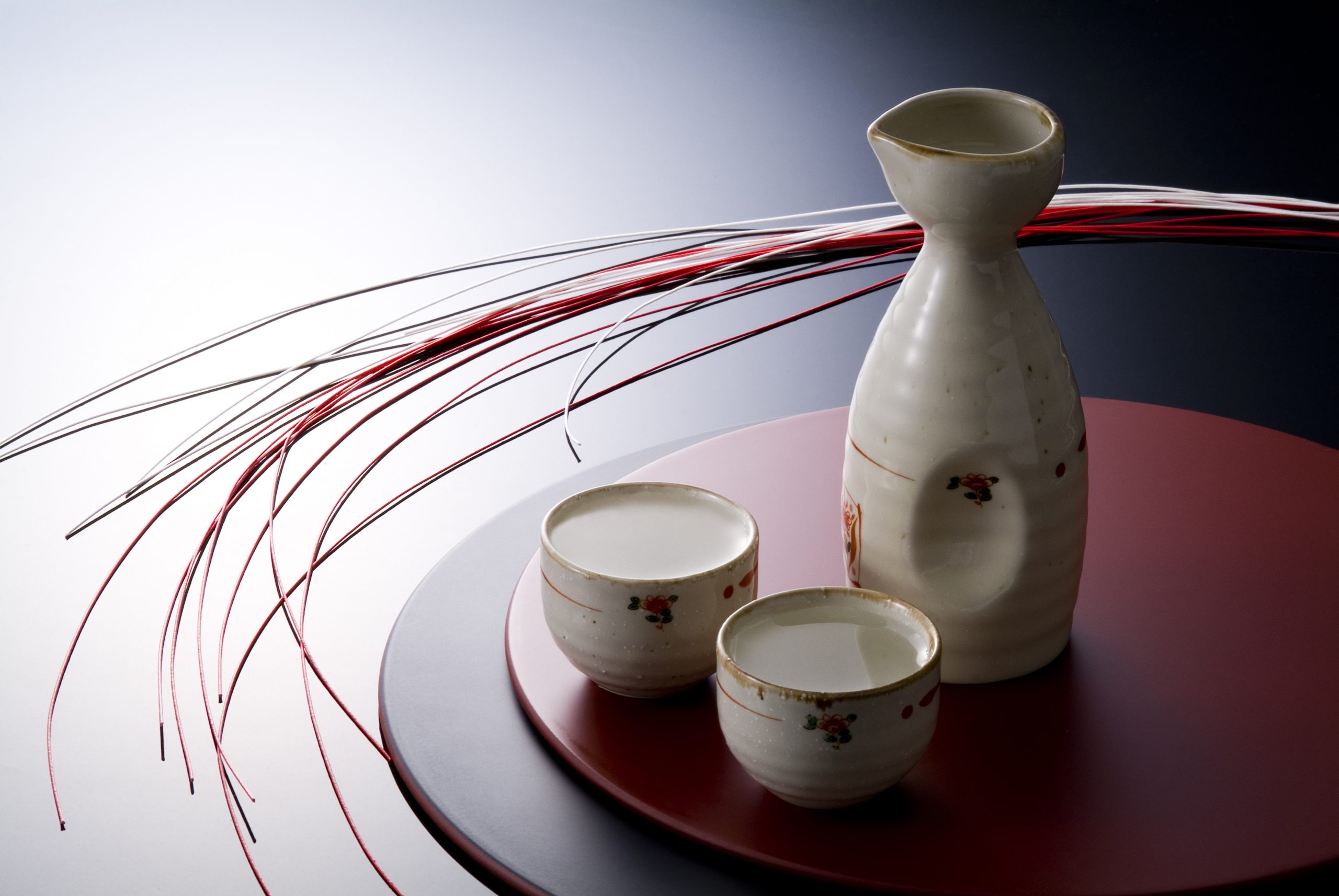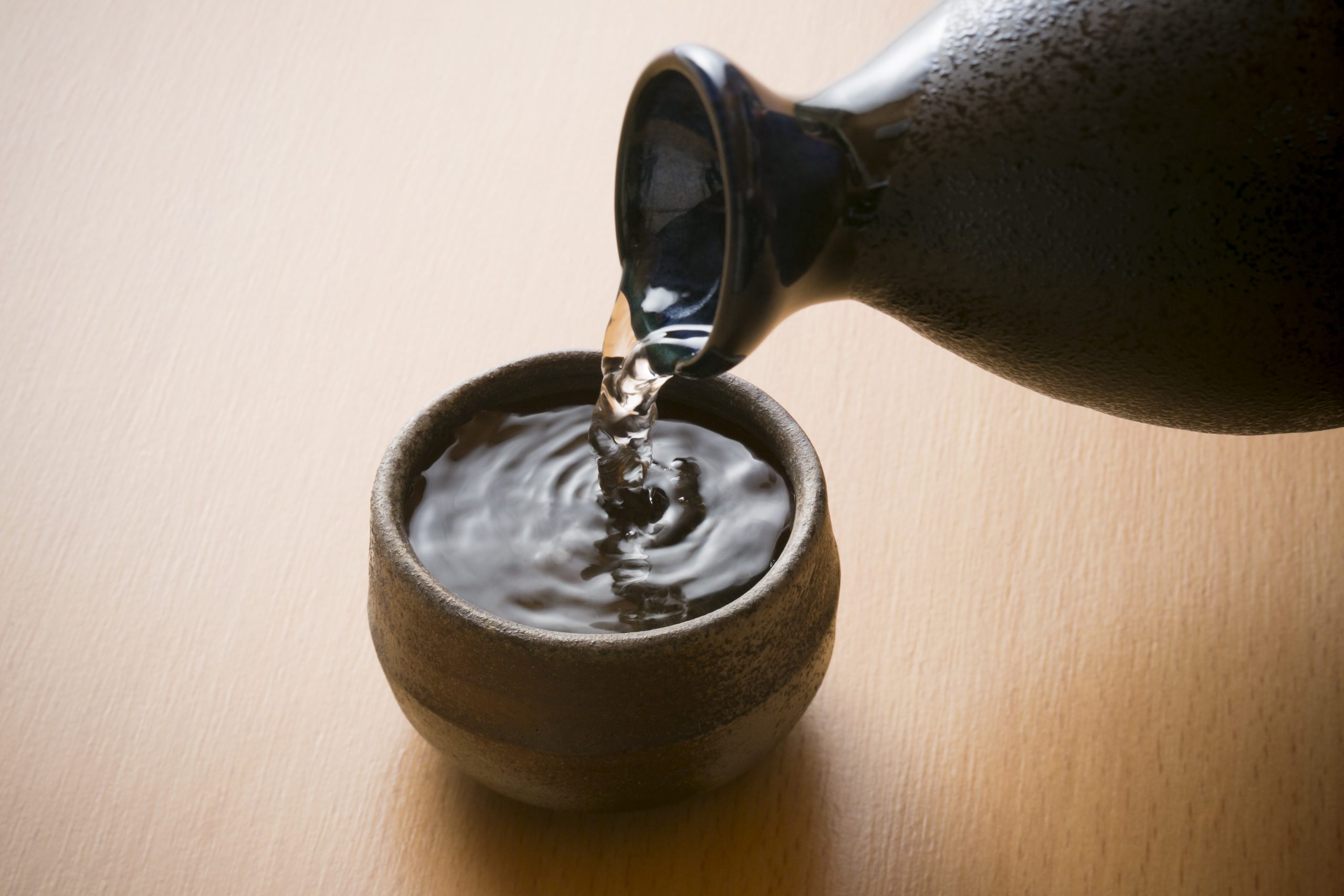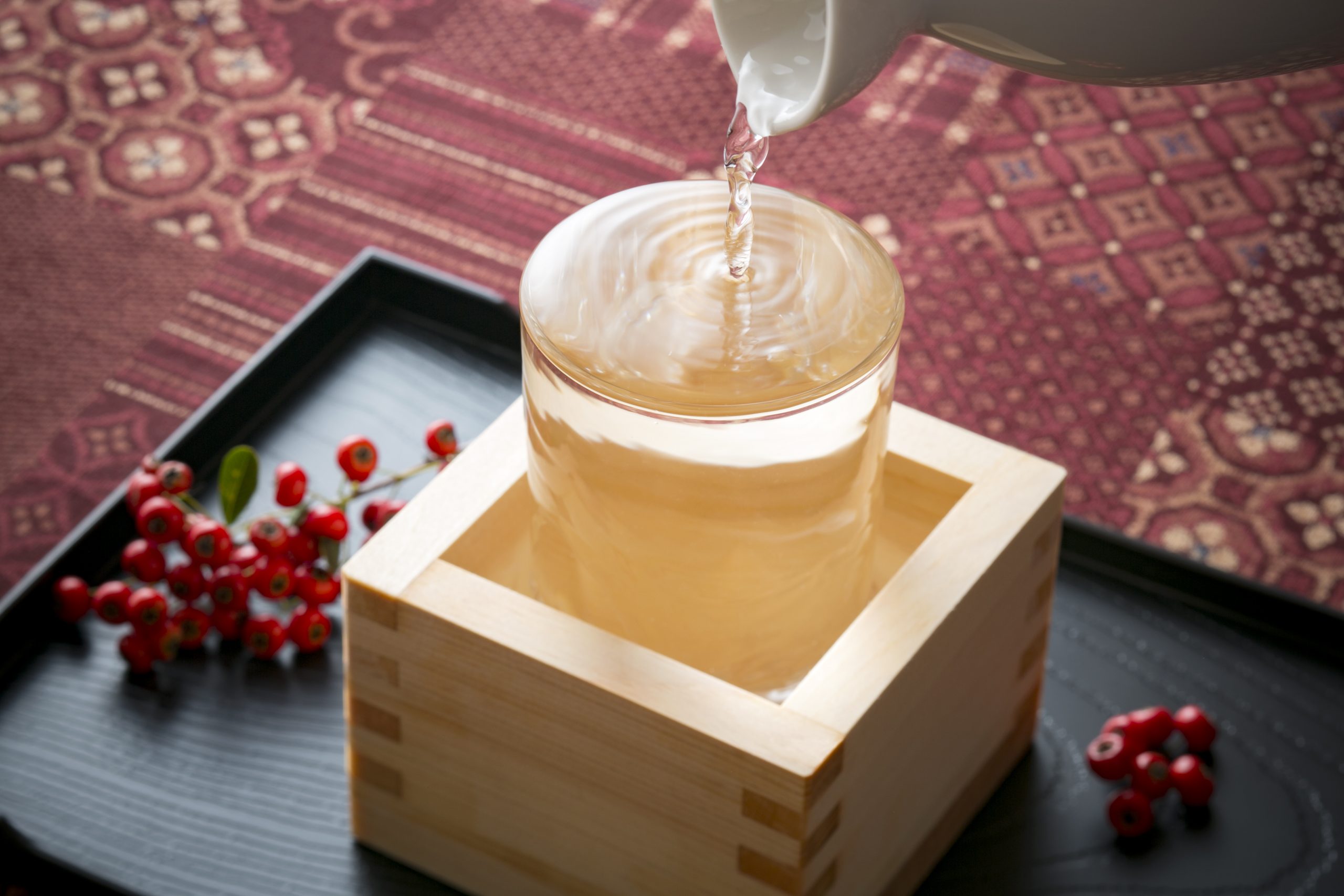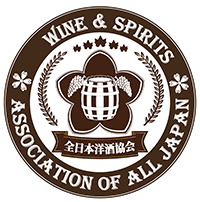
Known as nihonshu (日本酒) which literally means Japanese alcohol, Japan’s national drink sake is slowly gaining popularity around the world. While the world of sake offers fascinating depth and complexity, it is also easy to get lost in for the newcomers. It can be difficult to choose between indistinguishable sake bottles covered with calligraphic kanji labels, let alone knowing what to do with them after buying.
For those who are completely uninitiated to the captivating world of nihonshu, we have got you covered. You will know all about the basics of this delicious beverage after you finish reading this.
First of all, a bit of history. Sake is known to have been around for more than 2500 years in one form or other, basically since rice cultivation began in Japan. That brings us to the first thing you should know about sake: it is brewed from rice, and rice alone. No other grains are used. Of course, the brewing process was a bit different for early sake. Since rice has no sugar in itself unlike grapes, the starch in the rice needs to be converted to sugar to achieve fermentation. The early sake producers used to chew and spit out rice to do this, as saliva worked to break down the starch. Luckily, this brewing process is more refined nowadays since the Japanese have discovered Koji-kin, a mold that would take the role of saliva in fermentation.
HOW IS SAKE MADE ?
Nowadays, sake’s ingredients are rice, koji (rice propagated with koji mold), water, and yeast. So how is sake made? The first process is the polishing of rice. Rice grains are milled of their outer layers that contain protein and lipids until mostly the starchy center of the rice grain remains. Rice that has been milled more leads to more refined and lighter sake, which is often more expensive and considered higher quality.
The next step is to wash the rice, and then soak it to get it to the desired water content, a very meticulous process where even seconds are counted for the rice to achieve the correct amount of moisture. Now, the rice is ready to be steamed. A portion of the steamed rice is taken to a special room to be made into koji. Contrary to what is commonly known, koji is the name of the mold-inoculated rice, and not the mold itself. To make koji, koji mold is sprinkled evenly on the rice that is spread out. This is another process where details matter extremely, and sake producers take special care to ensure uniformity of the rice’s temperature and moisture. Koji is ready after two days and now fermentation can begin.
The first step to fermentation is creating what is called the yeast starter in a small tank. This is a mixture of water, koji, rice, and yeast. It takes around two weeks to create the desired concentration of yeast cells. This mixture is then transferred to a larger tank, where the same mixture is added in larger quantities three separate times to keep the chemical balances. This process is called san-dan shikomi, or three-stage brewing. Another important term you should keep in mind is “heiko fukuhakkou,” meaning multiple-parallel fermentation. This term denotes how starch-to-sugar conversion and sugar-to-alcohol fermentation take place in the same tank at the same time. A process unique to the world of sake.
After 3-5 weeks, the mixture is now ready to be pressed and filtered, a process that leaves a translucent liquid that can now be called sake. Following this, most sake is pasteurized and stored for up to a year before a second pasteurization and finally, bottling. Unpasteurized sake is getting more popular lately and it is referred to as ‘namazake,’ indicated with the kanji: ‘nama’. One final note, sake is naturally around 20% ABV after fermentation. It is most often diluted with water and the alcohol percentage is brought down to around 15% before bottling.

GRADES OF SAKE
Around 60% of the sake in the market is actually table sake, known as futsuu-shu (普通酒). There are no legal requirements for the production of this sake, and copious amounts of pure distilled alcohol and some other additives might be added to increase yields. Futsuu-shu is often used for cooking, so if you want to sip some tasty sake, you are probably better off with a premium-grade sake.
There are six legally defined grades of premium sake. One factor in deciding the grade of sake is the milling ratio of the rice, called seimaibuai (精米歩合). If you remember the first step of the production, the seimaibuai number which can be found on every premium sake bottle is exactly about that. It indicates the remaining portion of the rice grain after the milling. So, a 35% seimaibuai means 65% of the rice grain was grounded into oblivion, leaving a tiny center of starch. A lower seimaibuai results in a cleaner flavor and higher grade of sake, although by no means it is enough by itself to determine the overall quality of the sake.
Here are the six grades of premium sake:
Honjozo-shu (本醸造酒)
Junmai-shu (純米酒)
Ginjo-shu (吟醸酒)
Junmai Ginjo-shu (純米吟醸酒)
Daiginjo-shu (大吟醸酒)
Junmai Daiginjo-shu (純米大吟醸酒)
- Honjozo-shu (本醸造酒): Sadly overlooked in favor of higher grades, honjozo sake includes a small amount of distilled alcohol and usually has a high mill ratio, although it has to be under 70% to be labeled as honjozo. This grade of sake can offer excellent taste for low prices. Generally lighter and more on the fragrant side, honjozo sake pairs well with fresh seafood like sashimi.
- Junmai-shu (純米酒): Junmai sake is made only with rice,koji, and water. No distilled alcohol is added and there are no requirements for milling. Junmai sake with high mill rates can be exceptionally full-bodied and rich in acidity. Junmai sake has a more solid flavor profile and offers an umami-heavy taste that can pair well with meat dishes.
- Ginjo-shu (吟醸酒): Ginjo should be the one word that you should not forget from this article. If it is written on the bottle, that sake probably will not disappoint you as only sake that has been brewed with labor-intensive steps using highly polished rice with a mill ratio of 60% or lower qualify for this grade. Ginjo sake is usually quite aromatic and fruity with a refined taste. Melon and banana flavors are common to be experienced in ginjo. A small amount of distilled alcohol is added to ginjo sake for its flavors to be released better.
- Junmai Ginjo-shu (純米吟醸酒): If a ginjo sake has no distilled alcohol added, it qualifies to be a junmai ginjo. Just like junmai, this type of sake is made with only rice, koji, and water.
- Daiginjo-shu (大吟醸酒): Daiginjo is the pinnacle of sake brewing, and breweries would only label products they take the most pride in as daiginjo. Rice used in daiginjo sake has to be milled down to 50%. Just like ginjo, a very small amount of distilled alcohol is added. Daiginjo sake is generally very fragrant and refined with complex aromas of fruit. Daiginjo is rare and usually pricy.
- Junmai Daiginjo-shu (純米大吟醸酒): A subclass of daiginjo, this type of sake has no distilled alcohol added.
Bonus-Tokubetsu (特別): In some cases, you can find this word in front of honjozo or junmai to indicate a special quality of sake, as it literally means special. However, it is not a legally defined term so what it means is not always clear. That said, it is generally used to indicate the usage of special quality rice or ginjo-level milled rice. Tokubetsu honjoso and tokubetsu junmai can be really interesting sake that is among the finer examples of their class.
EVERYTHING ELSE TO KNOW ABOUT SAKE
Now that you know the production process and the grades of sake, the only matter left is: how to drink sake?
- Temperature: To put it shortly, it is generally best to consume premium grade sake slightly chilled, much like a white wine. Although some sturdy junmai can be excellent when slightly warm too, especially in winter. Sometimes the bottle can tell recommended temperatures, sometimes it is left to you to experiment.
- Vessels: Sake is usually drunk in traditional porcelain cups. That said, wine glasses work well too, and more and more places are using stemware to serve sake with.
- Storage: Sake is much less capricious than wine. Unless its namazake, it does not need to be refrigerated, although keeping it cool and out of light is a must. Once a bottle is open, sake will last longer than wine. Depending on the sake, it can retain its qualities for a week in the fridge, and sometimes longer.
- Food pairings: Again much less capricious than wine, sake pairs surprisingly well with a wide range of food. Sake usually does not mask the food as it is quite light itself, and it makes an especially good pairing with Japanese cuisine which is also generally light. Strong flavors and spicy food can be difficult to pair, but the rest is up to your taste and imagination. A hint: cheese-sake can often lead to better pairings than cheese-wine. You’d be surprised.
Overall, the world of sake is a fascinating one with incredible depth and complexity. The seemingly simple ingredients of rice, koji, yeast, and water lead to a bewildering variety of tastes and aromas which also change their expression depending on serving temperature. Moreover, two superbly different sake can be produced from the same rice and water, with the same mill ratio. How? Well, more than anything else, sake’s quality is determined by technique. Built upon hundreds of years of knowledge and experience, it is the decisions and actions of the toji, master brewer, and their workers that determine the nature of sake. Making sake is more an art than science, and sake itself is more than a beverage. So let yourself be amazed and discover this magnificent world by tasting lots and lots of sake. Kanpai!

